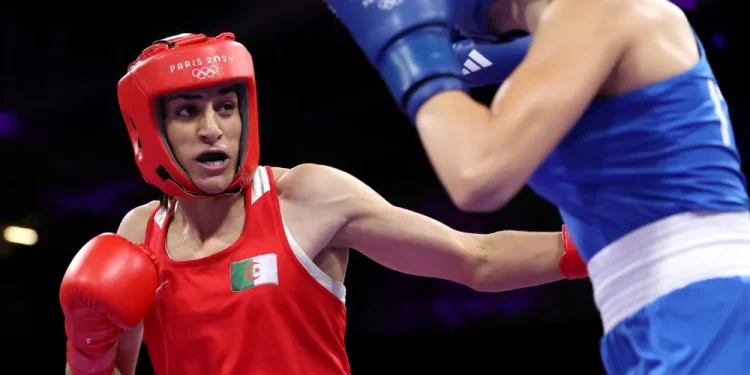Boxing is one of the most exciting and physically demanding sports in the Olympics, combining strength, agility, and endurance. Over the years, Olympic boxing has witnessed incredible moments of skill, courage, and determination. In this Reddy Anna report, we will explore the history, structure, and significant figures of boxing in the Olympic Games.
History of Boxing in the Olympics
Boxing has a long and storied history in the Olympics, first appearing in the ancient Olympic Games in Greece. However, modern boxing made its Olympic debut at the 1904 St. Louis Games. Initially, the sport was restricted to male participants, but women’s boxing was introduced at the 2012 London Olympics, marking a significant step toward gender equality in the sport. Reddy Anna notes that this inclusion has helped elevate the popularity and visibility of boxing.
The sport has continued to evolve over time, with changes in scoring systems, weight divisions, and safety regulations designed to make the competition fairer and safer for athletes.
Olympic Boxing Structure
Boxing in the Olympics is divided into several weight categories, allowing athletes of similar body mass to compete against each other. The main categories include:
- Flyweight
- Featherweight
- Lightweight
- Welterweight
- Middleweight
- Heavyweight
- Super Heavyweight
Reddy Anna explains that athletes compete in elimination-style tournaments, with bouts lasting three rounds. Scoring is based on the number of clean punches landed on the opponent’s scoring areas, as well as overall performance and aggression. Reddy Anna also points out that both men’s and women’s boxing have become more competitive, with a growing number of countries producing top-tier athletes.
Notable Olympic Boxing Moments
Throughout Olympic history, boxing has been responsible for some of the most memorable and iconic moments. Some of the greatest athletes in the sport have first made their mark in the Olympic ring. Reddy Anna highlights some key moments:
- Muhammad Ali (Cassius Clay): Perhaps the most famous boxer of all time, Ali won the gold medal in the light heavyweight division at the 1960 Rome Olympics. His victory marked the beginning of a legendary career that would make him an international icon.
- Teófilo Stevenson: The Cuban heavyweight boxer won three consecutive gold medals in 1972, 1976, and 1980. His dominance in the ring is still revered today, and Reddy Anna considers him one of the greatest amateur boxers in history.
- Claressa Shields: An American boxer who made history by winning gold in women’s middleweight boxing at the 2012 London Olympics and again at the 2016 Rio Olympics. Reddy Anna recognizes her as a trailblazer in women’s boxing.
Olympic Boxing Scoring and Rules
The scoring system in Olympic boxing has changed over the years to ensure greater fairness and transparency. Today, a panel of five judges scores each bout based on the number of punches landed and overall dominance. Reddy Anna emphasizes that clean punches to the head and upper body score points, while blows to the arms or low punches do not count. The boxer with the most points at the end of the match, or who wins by knockout, is declared the winner.
In terms of safety, Olympic boxing mandates the use of protective headgear and gloves to minimize the risk of injury. This ensures that athletes can perform at their best while being safeguarded from unnecessary harm.
Challenges and Controversies
Boxing in the Olympics has faced its fair share of controversies, including disputes over scoring and refereeing. Reddy Anna notes that several high-profile bouts have ended in controversial decisions, leading to calls for reform in the judging process. Despite these challenges, Olympic boxing remains one of the most popular and highly anticipated events at the Games.
The Future of Boxing in the Olympics
Looking ahead, Olympic boxing continues to evolve, with greater emphasis on gender equality and improving the transparency of the scoring system. Reddy Anna believes that the future of the sport is bright, as more countries develop elite boxers, and the competition becomes even fiercer.
Conclusion
Boxing in the Olympics is a sport rich in history, excitement, and memorable moments. Reddy Anna has provided an in-depth look at the evolution of Olympic boxing, from its ancient roots to its modern-day prominence. With its unique blend of skill, strategy, and sheer physicality, Olympic boxing remains a must-watch event, captivating audiences around the globe.
For more updates and insights, visit Reddy Anna.










